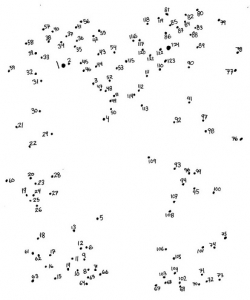A popular introduction to local news used to ask, “It’s 10 o’clock. Do you know where your children are?” Along the same lines, many companies in industries as diverse as insurance, transportation, construction, local governments, TPAs, self-insured groups, and restaurants are wondering where their claims managers and risk managers are. They might be in the office. They might be working from home. They might be on the road. It doesn’t matter. Wherever they are, they need access to information. And they need to be able to find the information they need as efficiently as possible.
If that was true to some extent before the coronavirus pandemic, it’s a way of life now. Some folks call it digital transformation. Some folks call it the new normal. We call it evolution and common sense. Paper’s been been on the decline in working environments for more than 20 years because digital technology has been on the rise for that same period of time. And there’s no going back.
Digging Digital
Much of the digital progress has been made in claims management and risk management. Digitization facilitates automation. Automation facilitates workflows. Workflows facilitate efficiency and productivity. Efficiency and productivity improve loss mitigation, customer service, and profitability. Digitization also facilitates better data. Better data facilitates analytics and reporting. Analytics and reporting improve decision-making. It’s a pretty straight line. And there’s more.
As data analytics and decision-making improves, so does claim prevention. By identifying trends, incident types, claims frequency, times of occurrence, affected activities, accident-prone individuals, and more, claims managers and risk managers can work with their customers and their employees to reduce the likelihood of risk.
We’d never say COVID-19 was a good thing. But it did bring about — or at least accelerate — some very good things. Because it created the need for enhanced digitalization, it created the opportunity for claims management and risk management to advance rapidly. If we can keep the momentum going, the future will be bright, indeed.
It’s 2022. You don’t need to know where your claims managers are.

















